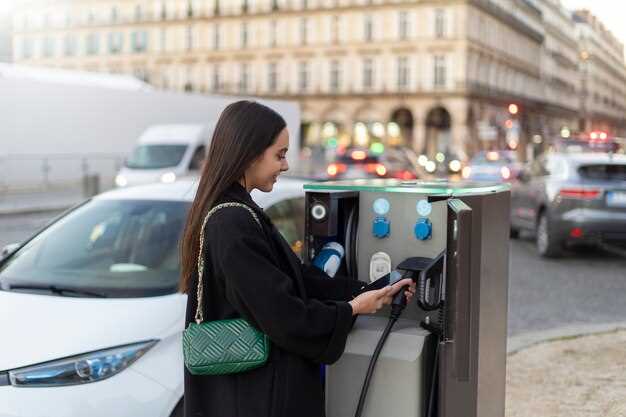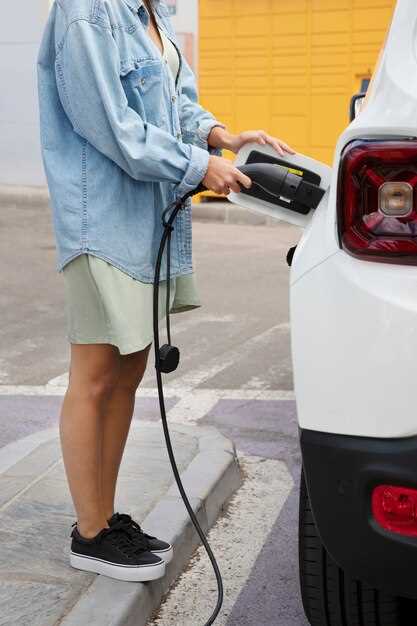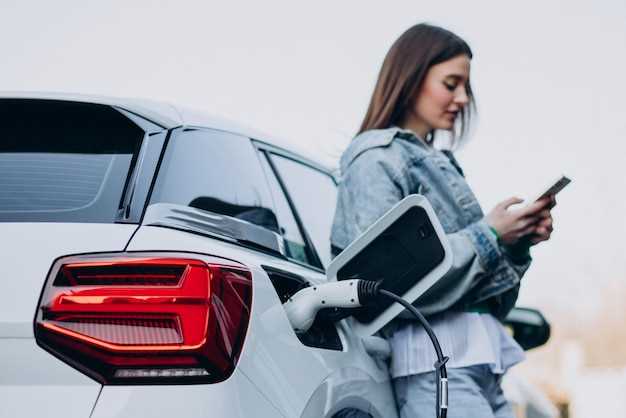
As the electric vehicle (EV) market continues to grow, understanding the charging infrastructure becomes a crucial aspect of making an informed purchase decision. With a diverse array of EV models available, potential buyers must assess their charging options to ensure seamless integration into their daily lives.
The availability of charging stations varies greatly depending on your location, and this can significantly impact the overall ownership experience. A well-developed charging network not only enhances the convenience of owning an EV but also affects the overall range and practicality of your vehicle. Before making a purchase, it’s essential to evaluate the proximity of charging stations, the types of chargers available, and their compatibility with your chosen vehicle.
Moreover, understanding the distinctions between home charging solutions and public charging infrastructure is vital. Home chargers provide the convenience of charging overnight, but potential buyers should also consider the speed of different charging options available in public settings. Fast chargers can significantly reduce downtime during long trips, making them an important factor in your decision-making process.
In summary, thoroughly researching the charging infrastructure is an indispensable part of the EV purchasing journey. Evaluating your charging needs and options will ensure that you select an electric vehicle that aligns with your lifestyle and driving habits.
Evaluating Different Types of EV Charging Stations

When considering the purchase of an electric vehicle (EV), understanding the various types of charging stations available is crucial for making informed decisions. The primary categories of charging stations include Level 1, Level 2, and DC fast charging stations, each serving distinct needs and circumstances.
Level 1 Charging Stations utilize a standard 120-volt outlet, making them the most accessible option for home charging. These stations are ideal for overnight charging, providing approximately 4-5 miles of range per hour. While they are convenient for those with longer parking durations, Level 1 chargers are less suitable for quick top-ups during the day. They are best for users with shorter commuting distances or the ability to charge their EV regularly at home.
Level 2 Charging Stations require a 240-volt outlet, delivering a faster charging rate of about 10-60 miles of range per hour. These stations are commonly found in public charging networks and commercial locations, making them a practical option for both home and public charging. Level 2 stations significantly reduce the charging time, allowing users to replenish battery levels more efficiently. For EV owners who frequently undertake longer trips or need a quick charge during errands, Level 2 stations offer a balanced solution.
DC Fast Charging Stations provide the quickest charging options, often found along highways for long-distance travel. These stations can charge an EV to 80% in as little as 20-30 minutes, making them indispensable for road trips. However, they are generally more expensive to install and operate due to the high power requirements. DC fast chargers are constructed to support rapid charging capabilities, predominantly seen in commercial use, and they may not be as widely available as Level 1 and Level 2 chargers.
In addition to these categories, it is essential to consider factors such as location, compatibility with your vehicle, and the availability of renewable energy sources. Assessing the specific charging stations in your area can help you align your purchasing decision with practical charging solutions. Understanding these types of stations ensures that you can effectively manage your EV’s range and performance while meeting your personal and driving needs.
Key Considerations for Charging Speed and Availability

When evaluating electric vehicle (EV) charging infrastructure prior to your purchase, it’s crucial to consider both charging speed and station availability. These factors significantly influence your overall ownership experience and can impact daily convenience.
Charging speed is primarily determined by the power output of the charging station. Level 1 chargers are the slowest, typically providing 3-5 miles of range per hour. Level 2 chargers can supply 10-60 miles of range in the same timeframe, making them better suited for home and public charging locations. For rapid charging, DC fast chargers deliver 60-100 miles of range in just 20-30 minutes, ideal for long trips. Understanding the charging speed associated with different stations is key in planning your travel and ensuring adequate access to charging options.
Availability of charging stations is another critical consideration. The proliferation of charging networks varies by region, with some areas boasting extensive charging infrastructure while others may experience a scarcity of stations. Researching the availability of EV charging stations in your locality and along your frequently traveled routes will help you determine if you can meet your charging needs without inconvenience. Utilize apps and maps to locate nearby stations and check their real-time availability to avoid unpleasant surprises during your trips.
Additionally, consider the compatibility of charging stations with your EV model. Not all chargers are suited for every vehicle. Most EVs can utilize Level 2 chargers, while DC fast chargers may be limited to specific types. Always verify the compatibility to ensure a seamless charging experience.
In summary, when purchasing an electric vehicle, take the time to analyze both charging speed and station availability. These considerations will play a pivotal role in your driving experience, influencing how and when you can recharge your vehicle. Planning ahead will ultimately help you make more informed decisions and enhance your overall satisfaction with your electric vehicle.
Understanding Installation Requirements and Costs
When considering the purchase of electric vehicles, it is essential to understand the installation requirements and associated costs of charging stations. Proper assessment of your property and infrastructure is crucial to ensure a smooth installation process.
Location and Space: The first factor to consider is the available space for charging stations. You need to determine whether the installation will occur in a garage, a carport, or an outdoor setting. Ensure that there is adequate clearance and accessibility for both the vehicle and the charging unit.
Electrical Capacity: The existing electrical system in your home or business plays a significant role in the installation process. Evaluate the amperage of your current electrical panel to ensure that it can accommodate the power needs of the charging station. If upgrades are necessary, this can add to the overall installation costs.
Installation Expertise: Hiring a qualified electrician is critical for ensuring a safe and efficient installation. It’s important to choose an electrician with experience in installing charging stations to comply with local codes and regulations. This expertise comes with a cost, but it is essential for maintaining safety standards.
Permits and Regulations: Local regulations may require permits for the installation of charging stations. Check with your municipality to understand the necessary permits and any associated fees. Factor these potential costs into your budget to avoid surprises during installation.
Cost Estimates: The average cost of installing a home charging station can vary widely based on the factors mentioned above. On average, installation costs can range from $500 to $3,000, including the price of the charging unit and labor. It’s advisable to obtain multiple quotes to find the best option within your budget.
Understanding these requirements will help you greatly in planning for your electrical vehicle charging needs. By properly assessing your installation scenario, you can ensure a seamless integration of the charging stations into your living or working space.



